Mining
Since its creation, the company Duro y Compañía has specialised in the manufacture of iron at its plant in La Felguera. Nevertheless, the high costs of coal and the inability of the existing companies to ensure a constant production of this mineral made it advisable for the company to exploit some mines directly, almost from the very beginning of its activity.
Thus, two coal reserves were chosen: the famous Nalona coal reserve, which would later give way to the Fondón Mine; and the Etelvinas coal reserve, in the valley of Carrocera. In this concession, the company had to start very early (at the beginning of the 1860s) producing great changes in the structure of the existing precarious exploitations. New features were introduced, such as mines, inclined planes, large fans, mining branches with iron rails and, at the end of the century, the railway.
In December 1953, Duro y Compañía began to sink a new mine shaft in La Hueria, which would improve the organisation of the mining tasks and would exploit some areas of the concession that could not be exploited from the nearby Sotón Mine. This was the last mine shaft built by Duro, in a context characterised by the end of the autarchy and by the Spanish-American loans, which would finance a large part of the works.
Duro y Compañía applied here all the knowledge about mining gathered over a century, setting up a shaft with interesting innovations regarding, for example, the mechanical management of the mining facilities. At the Venturo mine shaft, all the services were housed in a single building, from the administrative and technical offices to the toilets or the machinery rooms, paying special attention to the design of the building. The project, designed by the architect Fernández Castañón in 1956, is extremely elaborate and innovative, and can be classified into the eclectic rationalism. The exterior was also carefully detailed with flower beds, fountains showing the Duro emblem, large conifers, and hedges to separate the different areas.
In 1967, the Venturo mine shaft was integrated, like the rest of the Duro mining facilities, into the state coal mining company HUNOSA. It remained active until 1990, when it definitively closed its doors.

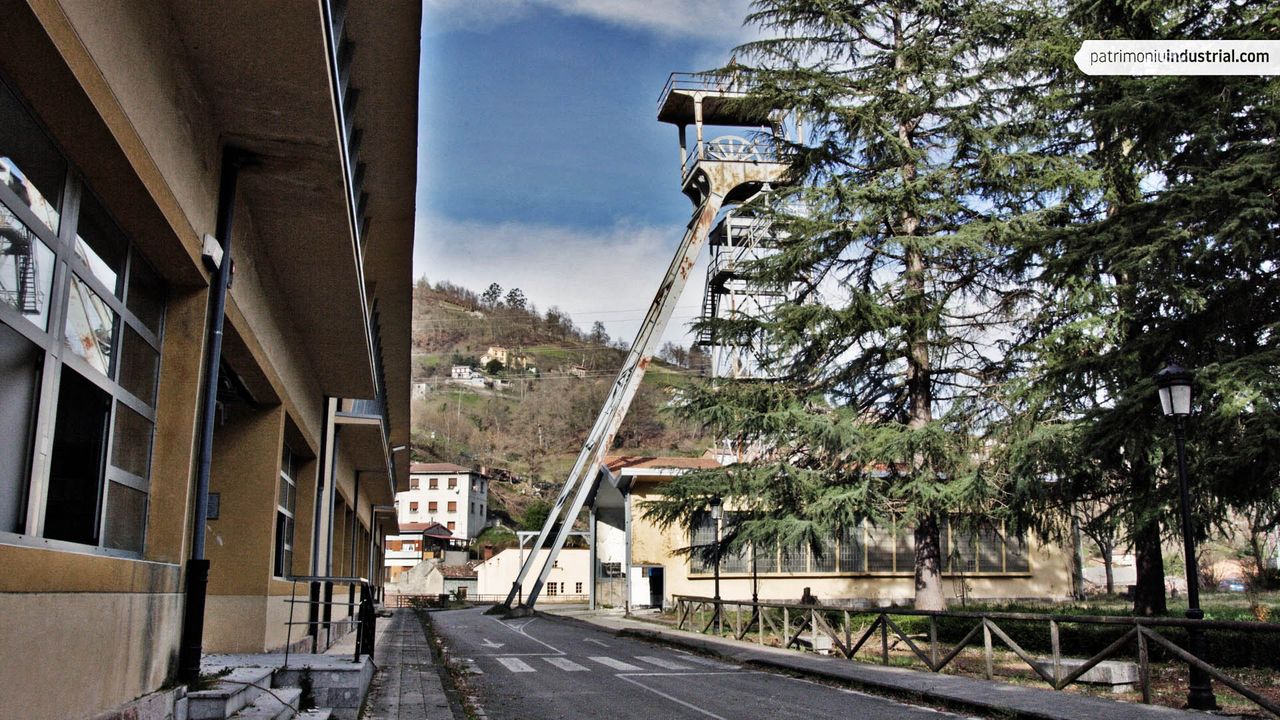
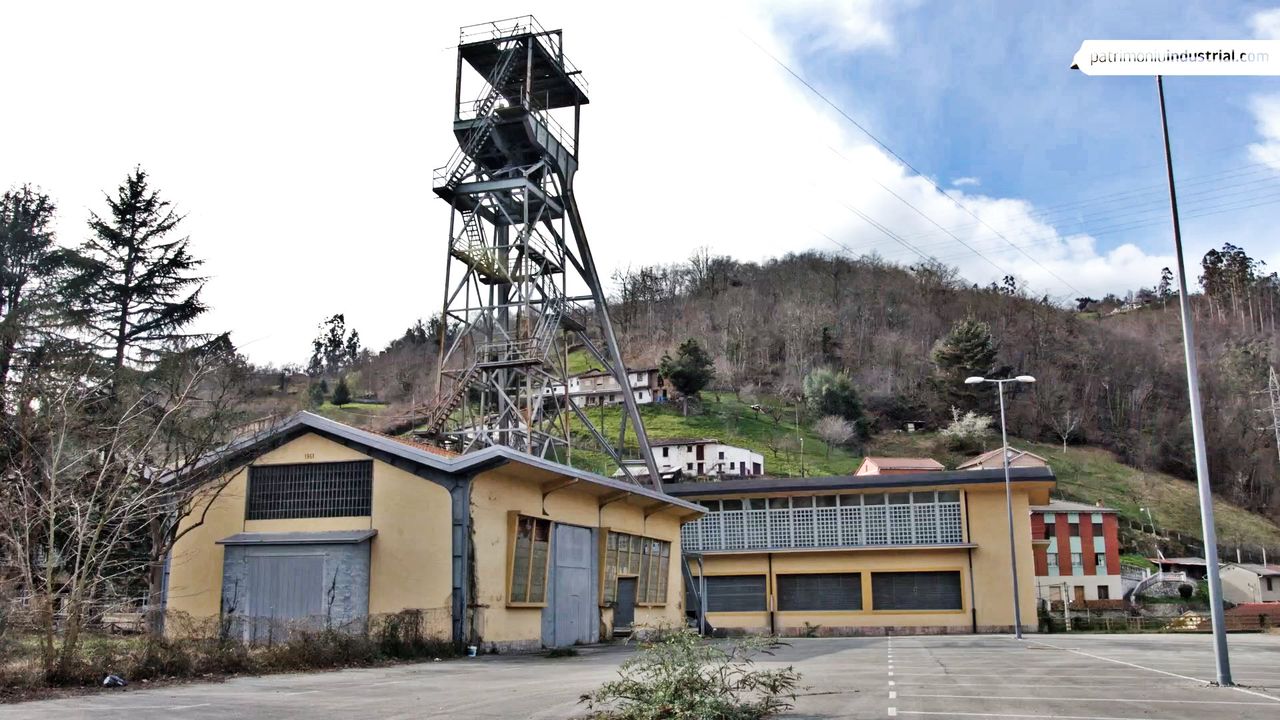


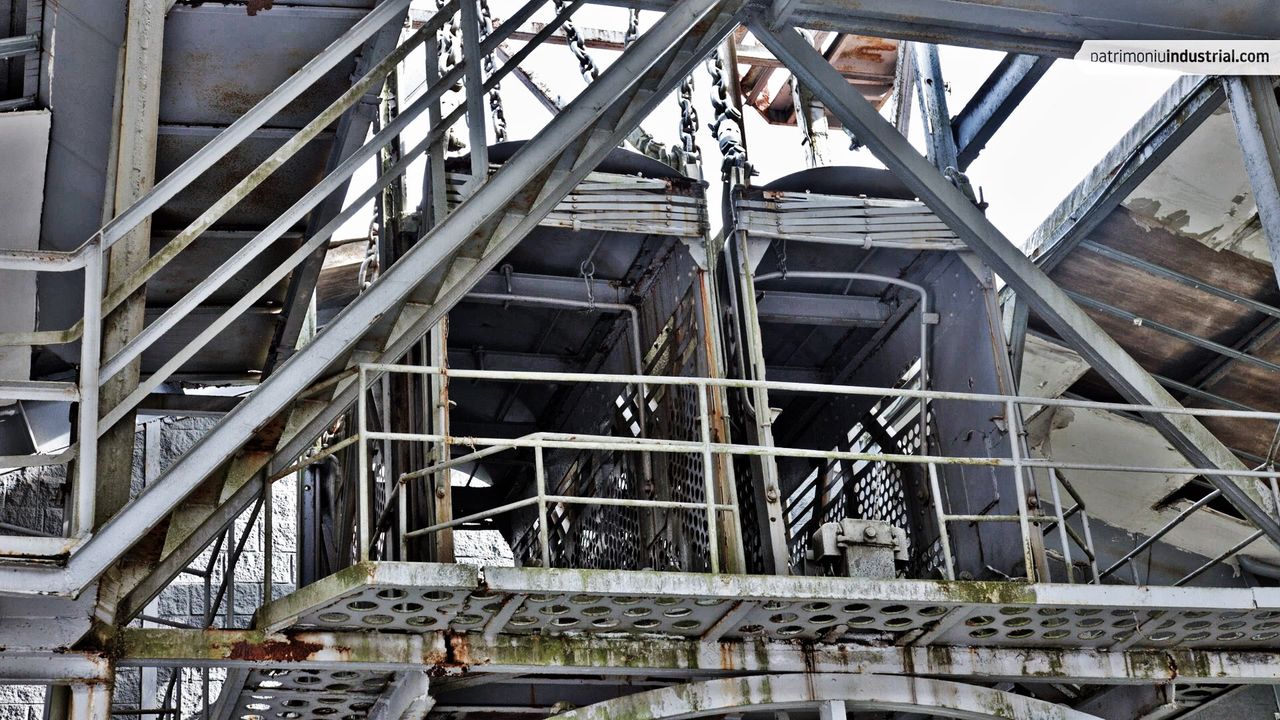


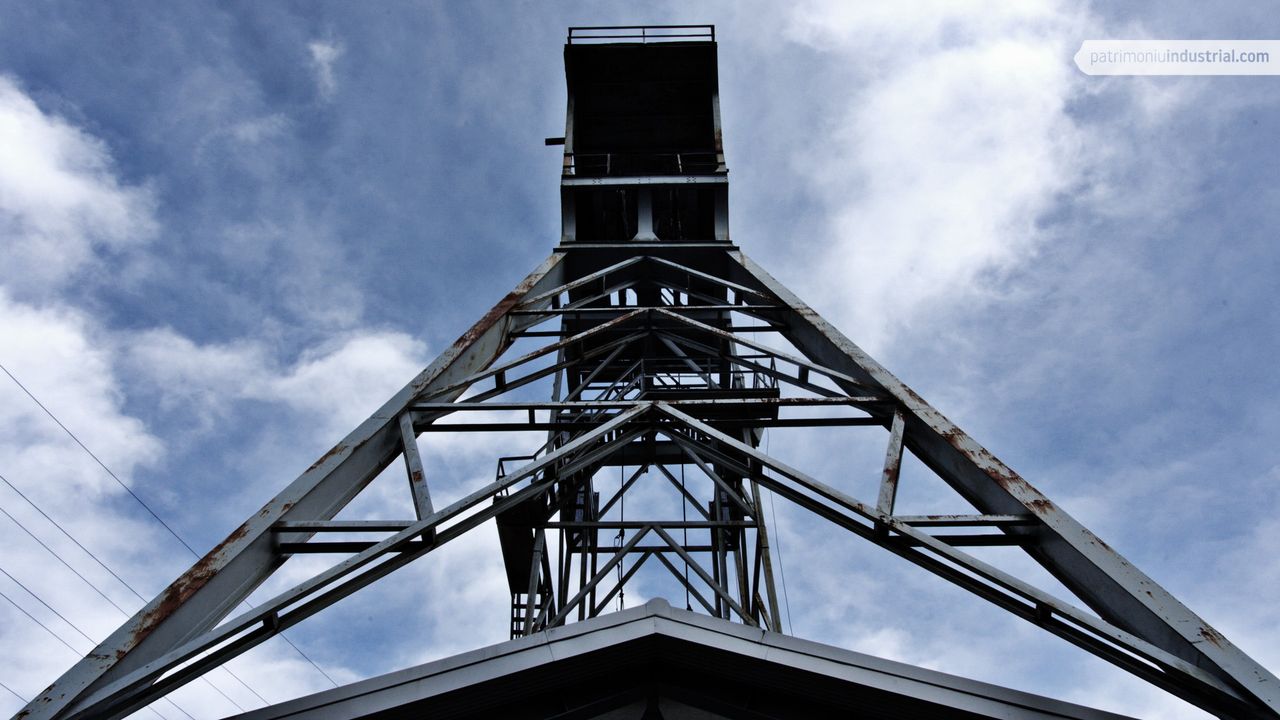
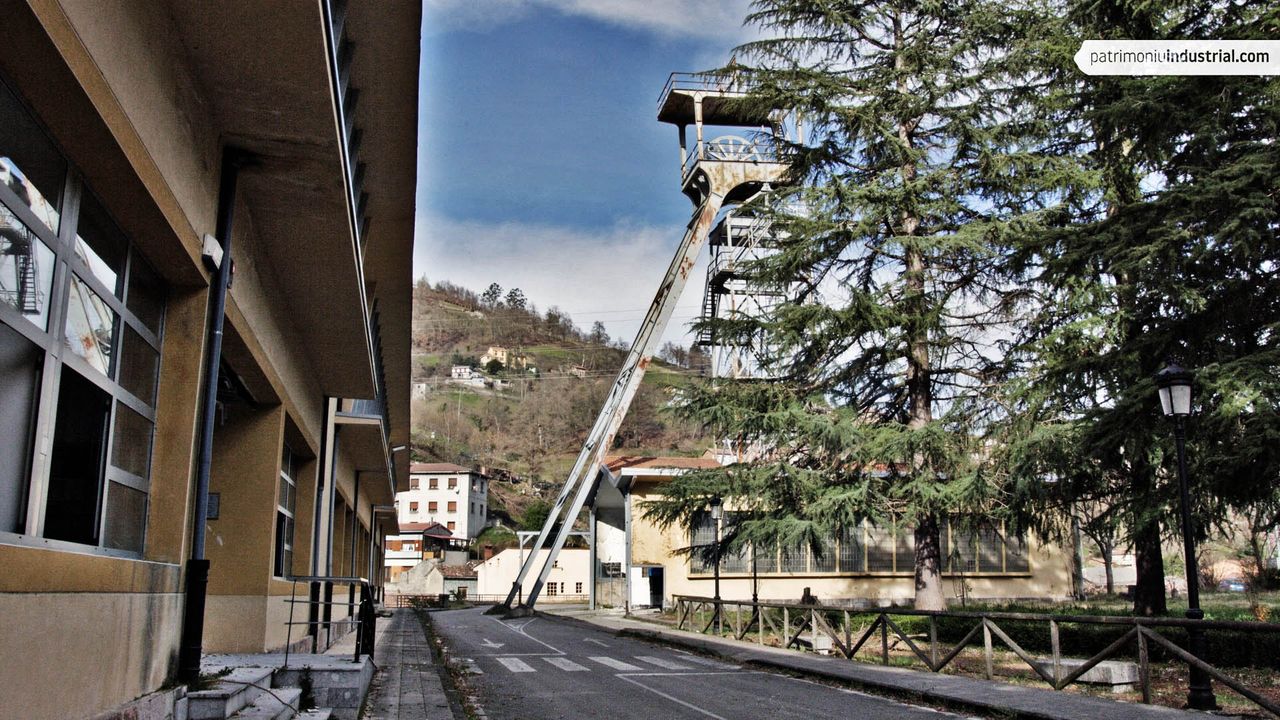
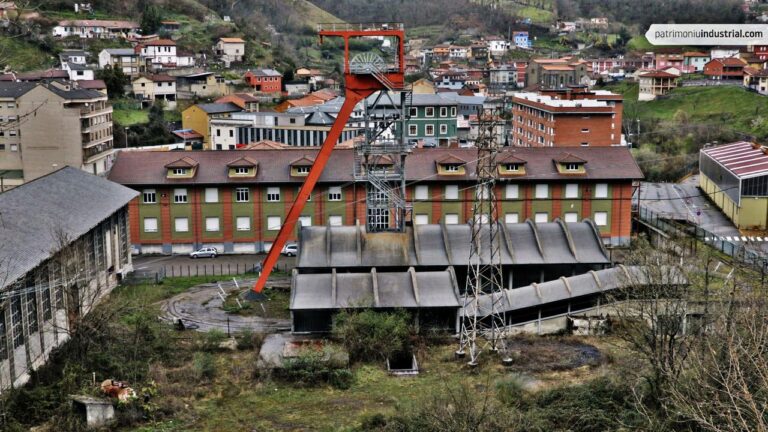
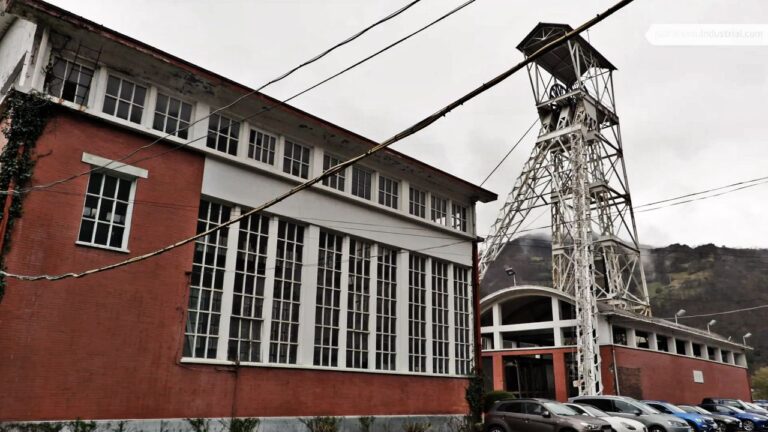
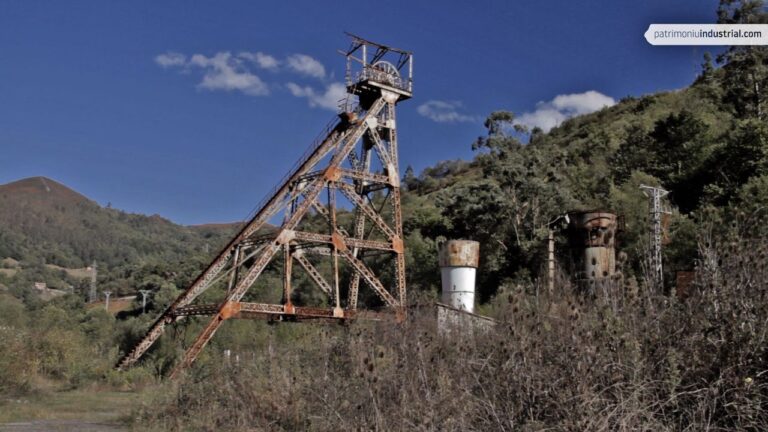

Recent Comments